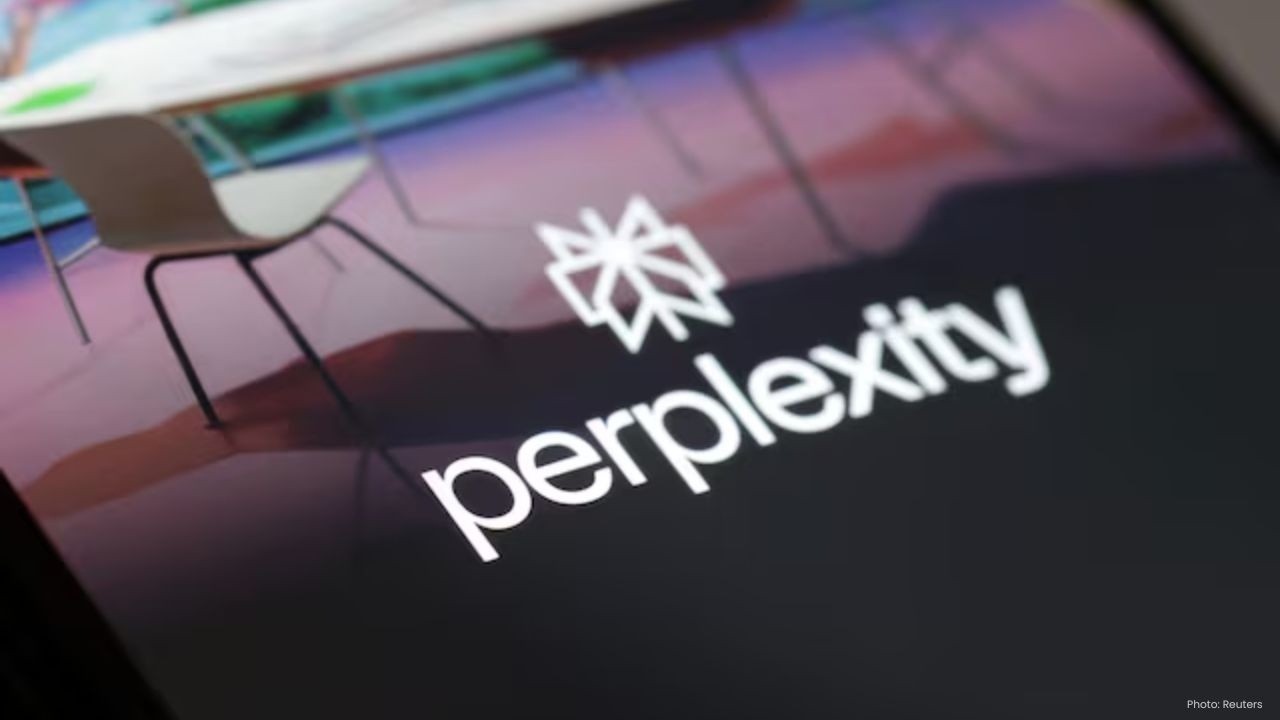
Post by : Zayd Kamal
In today’s education system, keeping students motivated and engaged can be a challenge. Traditional teaching methods often fail to capture the attention of young learners who are accustomed to the interactive and dynamic nature of video games. Fortunately, gamification has emerged as a powerful solution. By applying game-like elements to learning activities, educators can transform the classroom experience, making it more enjoyable, engaging, and motivating. In this article, we’ll explore 7 gamification strategies that can boost student motivation and achievement.
One of the simplest and most effective gamification strategies is the use of a reward system. By rewarding students with points, badges, or virtual prizes for completing tasks, participating in class discussions, or achieving certain milestones, educators can create a sense of accomplishment. These rewards tap into students' intrinsic motivation, encouraging them to stay engaged and keep improving.
For instance, a classroom can set up a point system where students earn points for different achievements. The more points they accumulate, the greater the reward they receive. This strategy not only motivates students but also fosters healthy competition and collaboration among them.
Gamification thrives on the concept of progression. Just as in a video game, students enjoy advancing through different levels as they achieve goals. By incorporating levels into your teaching, you can help students see their progress and set clear objectives to work towards.
For example, divide the learning material into different "levels" or stages. As students master each level, they can move on to more challenging tasks. This creates a sense of accomplishment and encourages students to push themselves further. Additionally, it allows educators to track students’ progress and provide more targeted support when necessary.
Interactive quizzes and challenges are excellent tools for gamification. These activities not only assess student learning but also make the process fun and engaging. By incorporating elements like time limits, leaderboards, or mini-competitions, educators can turn assessments into exciting, game-like experiences.
For example, you could use an online quiz platform that awards students points for correct answers and ranks them on a leaderboard. This adds a competitive element that drives students to perform their best. Whether in small groups or individually, quizzes can be a great way to enhance motivation while reinforcing key concepts.
While gamification often focuses on individual achievement, it can also be used to promote collaboration. Team-based activities are a fantastic way to foster teamwork while still incorporating game elements. Students can work together to complete challenges, solve problems, or create projects, which not only boosts motivation but also teaches important social and communication skills.
For example, create a team competition where students collaborate to answer questions or solve a problem. The team that performs best gets rewarded with points or badges. This approach encourages peer learning and helps students develop a sense of community within the classroom.
5. Implement Time-based Challenges

Incorporating time-based challenges into lessons can significantly increase student engagement. The urgency and excitement of racing against the clock are powerful motivators that drive students to focus and complete tasks quickly. This strategy can be applied to a variety of activities, from completing a worksheet to solving a series of math problems.
For instance, give students a set amount of time to finish a challenge, and award extra points or badges for those who complete the task within the time limit. Not only does this create a sense of urgency, but it also encourages students to think quickly and efficiently, enhancing their problem-solving abilities.
Another effective gamification strategy is the use of storytelling. By turning lessons into exciting narratives or quests, teachers can captivate students’ imaginations and keep them invested in the material. Storytelling provides context to lessons, making them more relatable and memorable.
For example, a history lesson could be framed as a quest where students take on the roles of historical figures and “travel” through time to solve problems or make decisions. This immersive experience makes learning more enjoyable and gives students a deeper understanding of the subject matter.
Feedback is a critical component of gamification. In video games, players receive immediate feedback on their performance, and this quick response helps them improve and stay motivated. In the classroom, regular feedback allows students to understand where they stand and how they can improve. When combined with recognition, feedback can be a powerful motivator.
Create a system where students receive immediate feedback after completing tasks, assignments, or challenges. This could be in the form of verbal praise, written comments, or digital badges. Recognizing students for their achievements, both big and small, keeps them motivated and focused on their goals.
In today’s education system, incorporating game-like elements into learning can significantly boost student motivation and achievement. By making lessons more interactive and enjoyable, educators can capture students’ attention and keep them engaged. One of the most effective methods is using reward systems, such as points, badges, or virtual prizes, to celebrate students’ accomplishments and encourage continuous effort. This creates a sense of achievement and healthy competition, which motivates students to perform better.
Introducing levels and progression into learning is another powerful strategy. By breaking down tasks into manageable stages, students can track their progress and stay motivated to reach new milestones. Adding interactive quizzes and challenges that involve time limits and leaderboards turns assessments into exciting, competitive experiences, driving students to do their best.
Collaboration plays a crucial role too. Team-based activities encourage students to work together, strengthening their social and communication skills while still making the learning process fun. Time-based challenges can also be used to create a sense of urgency, motivating students to think quickly and improve their problem-solving abilities. Additionally, incorporating storytelling into lessons turns complex topics into engaging narratives, helping students better connect with and retain the material.
Lastly, regular feedback and recognition are essential for maintaining student motivation. Providing immediate feedback allows students to see their progress and areas for improvement. Recognizing their achievements, both big and small, encourages them to stay focused on their learning goals and continue working towards success.
Together, these strategies create a more engaging and enjoyable learning environment, leading to increased motivation and improved student outcomes.
Disclaimer: This content is provided by 'dxb news network' for informational purposes only. Always consult with an educational expert before incorporating game-based elements into your teaching methods.

Amazon Sues Perplexity Over AI Shopping Agent Comet
Amazon takes legal action against Perplexity AI’s Comet agent, raising questions on AI bots making o

Shubman Gill Eyes Big Knock as India Take on Australia in 4th T20
India aim to go 2-1 up in the T20 series as Shubman Gill looks to regain form against a weakened Aus

Eutelsat Names Sébastien Rouge as New CFO From 2026
Eutelsat appoints Sébastien Rouge, former Imerys finance head, as CFO from February 2026, succeeding

Dubai International Airport Launches 30×30 Fitness Challenge Stamp for Travelers
Dubai International Airport introduces 30×30 Fitness Challenge stamp, inspiring travelers to embrace

Smriti Mandhana Shines as India Wins Maiden Women's World Cup 2025
Smriti Mandhana's stellar performance helps India win their first Women's World Cup. Her earnings, e

Canada Unveils Ambitious Budget Amid US Trade Tensions
Canada’s new budget increases deficit, invests in AI, defence, and exports to counter US tariffs whi

UAE Leaders Condole Death of Former US Vice President Dick Cheney
UAE leaders express condolences on Dick Cheney’s death. Former US Vice President Dick Cheney, 84, re

Zohran Mamdani Victory Speech Goes Bollywood with Dhoom Machale
Zohran Mamdani wins NYC mayor race, becoming the city’s first Muslim and South Asian mayor, making h

UAE Life High Stress 3 Simple Ways Expats Can Manage Pressure
Expats in the UAE face daily pressure and burnout Learn 3 simple effective ways to manage stress fin

Smart Meal Prep in Dubai Save Money Stay Healthy
Plan smart eat fresh Discover how meal prepping in Dubai helps you save money eat healthy and enjoy

The Ultimate Guide to Dieting in Dubai Keto vs Vegan vs Mediterranean
Discover Dubai’s top diet trends Keto Vegan and Mediterranean Find which plan fits your lifestyle f

Stay Fit in Dubai 7 Fun Outdoor Workouts Without a Gym
Explore 7 fun ways to stay fit in Dubai from beach runs to desert hikes and skyline yoga No gym nee

Beyond Biryani: Mastering Portion Control in Dubai’s Melting Pot of Cuisines
Discover how to enjoy Dubai’s diverse cuisines wisely Learn simple portion control tips to stay heal

Fabien Marchand — The Infinite Brushstroke of Freedom
French artist Fabien Marchand explores freedom, color, and emotion through his evolving art — bridgi

Dubai’s Healthy Food Revolution 5 Global Wellness Trends Transforming the City
Discover how Dubai is embracing a global wellness wave with plant based diets organic food and smart